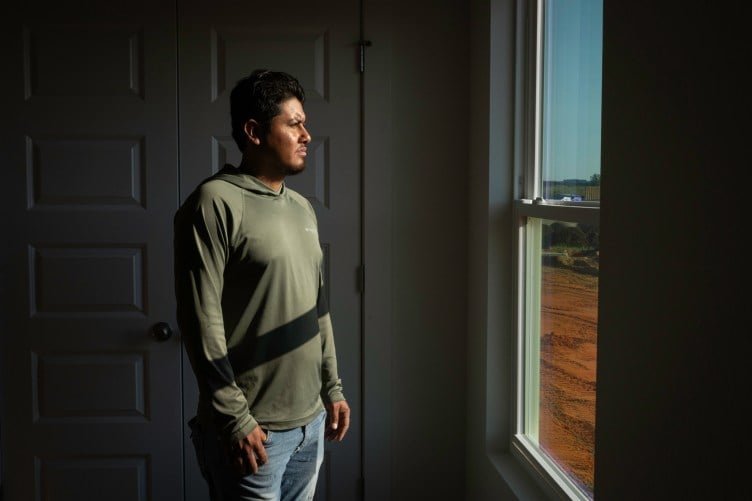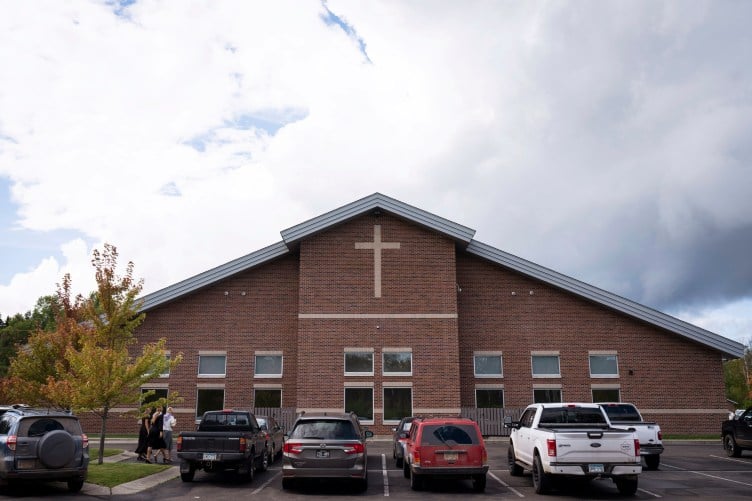Last June, a gunman opened fire at Emanuel African Methodist Episcopal Church – a historic black church in Charleston, South Carolina. Nine people were killed, and the subsequent investigation resulted in federal hate crime charges against the alleged shooter, Dylann Roof . The shooting was one of the thousands of reported hate crimes in the United States every year. Nearly half of the reports involved race. However, due in large part to spotty tracking of hate crime statistics, establishing a definitive understanding of how many hate crimes occur each year has proved elusive.
An Associated Press investigation found that across the country, thousands of police departments fail to report alleged or established hate crimes to the FBI’s hate crime statistics. In fact, the AP analysis revealed that more than 2,700 agencies had never submitted a single hate crime report.
I spoke with AP reporter Christina Cassidy about the investigation and how, for victims, the failures in the reporting of hate crimes – at all levels – add to their anguish.
Barbara Hicks Collins, daughter of civil rights activist Robert Hicks, grew up in a Bogalusa, La. home that was targeted by Ku Klux Klan hostility. (AP Photo/Gerald Herbert)
Here are some highlights from our conversation:
The Bureau of Justice Statistics estimates that 40 percent of hate crime victims don’t report the crime to authorities.
Cassidy: There was one person that I spoke with, Brandon White. He was basically jumped outside of a convenience store here in Atlanta by a group of young men yelling gay slurs. After the beating, he went home. He didn’t call police. He went to sleep. It was the next day after a video of the attack had surfaced online and people had seen it and recognized him that he was confronted with this. He spoke about his fears, that he’d grown up in a rough neighborhood and there wasn’t a lot of trust with police. There was a sense that when something happens, you take care of it yourself. When you look at those statistics that you cited, those were estimates by the Bureau of Justice Statistics at 40 percent are estimated not to report to police. They cite various reasons including fear of reprisal and the feeling that police won’t do anything about it.
Reporting of statistics varies wildly from state to state.
Cassidy: Georgia, for instance, and Alabama, they had only about 10 percent to 12 percent of their local law enforcement agencies not reporting this information, but just a few states over in Louisiana and Mississippi, those are some of the highest totals of non-reporting agencies in the country. Louisiana at almost 59 percent and Mississippi just under 65 percent of all local law enforcement agencies that were not reporting this information. It definitely was indicative of what we found on a large scale, which is just … There’s really so much of a lack of uniformity when it comes to this reporting that you have these myriad of responses.
It’s important to have an accurate tally of hate crimes.
Cassidy: I think, when speaking to the victims themselves, they expressed a lot of opinions and disappointment that what happened to them wasn’t part of the national count. It may sound like we’re just talking about statistics. Your attackers met justice, they were prosecuted and were sentenced to prison in some cases, but the fact that they were not counted was painful. They were disappointed in law enforcement agencies for not doing something they thought was fairly simple: filing a report with the FBI. I think Mark Potok with the Southern Poverty Law Center put it very well in my article. He said, “If these crimes are never really counted, it’s a way of saying they are not important.”
Listen to this podcast on iTunes, SoundCloud or Stitcher. For more, read Cassidy’s investigation, Patchy reporting undercuts national hate crimes count.











